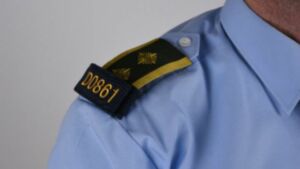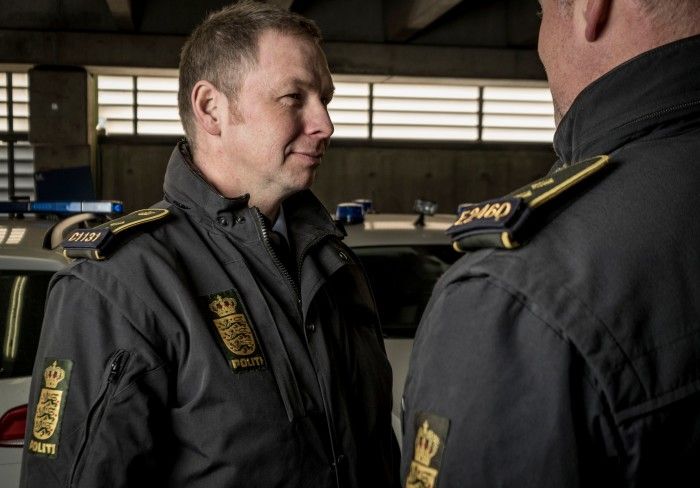News
Danish police now wearing ID numbers
This article is more than 9 years old.
Five-digit ID badges will be visible on the officers’ shoulder and chest

The new ID numbers will consist of one letter followed by four numbers (photo: Politiet)
For the first time in almost a century, Danish police officers are wearing identification numbers on their uniforms.
The new ID numbers consist of one letter followed by four numbers and are visible on the police officers’ chest and shoulders.
“Police officers are duty-bound to identify themselves when asked,” the police wrote.
“The ID number will make it easier and safer to identify the individual officer.”
READ MORE: Politicians split on police ID numbers
Not since 1918
The ID situation arose thanks to a series of unfortunate cases involving police officers, including the much maligned police crackdown during the COP15 summit in Copenhagen in late 2009.
According to a Gallup poll conducted for Berlingske newspaper in 2013, three out of ten people who asked police officers for identification were turned down.
According to the Police Museum, police officers in Denmark wore ID numbers on their uniforms from 1863 to 1918, before the IDs were scrapped because of an increase in harassment of police officers by citizens.











































